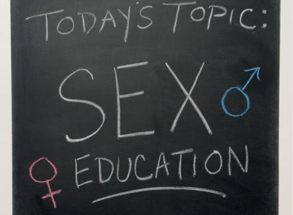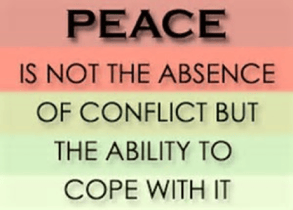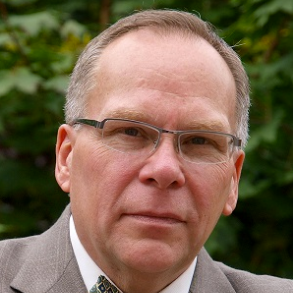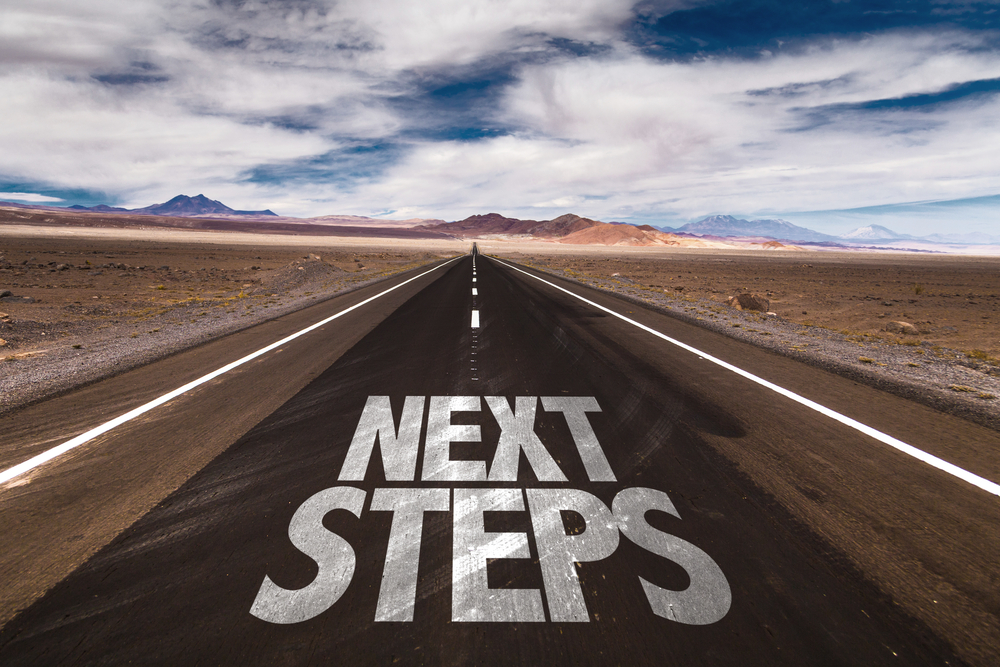“Would you have sex with a person whom you knew for certain had AIDS and your only protection was a condom?”  That was not a question I had expected, though I had responded to plenty of difficult questions in the preceding three hours of the meeting. For two years I had been piloting a sexuality education curriculum to prepare it for wider dissemination and replication in public schools. My visit to the rural Midwestern community on this winter evening was to meet with the curriculum committee of a local school considering adoption of the program. When I arrived at the school, I learned the meeting was to be held in a large multi-purpose room that served as both a theater and cafeteria. This seemed an odd location for a committee that was typically comprised of less than a dozen people. As I walked into the room, I realized it was not a committee meeting after all, but a community meeting and up to 200 people were expected. My mind raced to understand what this could mean.
That was not a question I had expected, though I had responded to plenty of difficult questions in the preceding three hours of the meeting. For two years I had been piloting a sexuality education curriculum to prepare it for wider dissemination and replication in public schools. My visit to the rural Midwestern community on this winter evening was to meet with the curriculum committee of a local school considering adoption of the program. When I arrived at the school, I learned the meeting was to be held in a large multi-purpose room that served as both a theater and cafeteria. This seemed an odd location for a committee that was typically comprised of less than a dozen people. As I walked into the room, I realized it was not a committee meeting after all, but a community meeting and up to 200 people were expected. My mind raced to understand what this could mean.
I took a walk through the empty hallways of the school to center myself, focus my thoughts, and calm my nerves. I had not prepared for 200. I did not have nearly enough handouts. I could not understand why someone at the school had not given me advanced notice. I puzzled why so many people were expected to attend a committee meeting that even the official members probably skipped as often as possible. The knot in my stomach told me this was not going to be a good evening and that I had better remain calm and focused. I resolved to keep my comments and answers short, simple, and embellished with only a touch of gentle humor to convey friendliness. Walking back toward the meeting room I passed a large group of people huddled in the corner of the school’s main lobby, busily taking notes, and listening intently to the instructions of a man who was obviously in charge. He would be, as I would shortly learn, the first inquisitor of the evening.
A single member of the curriculum committee finally greeted me. I never did meet the other members. By the time my host escorted me to the podium at the front the room had nearly filled to capacity. The leader of the group in the lobby was seated in the middle of the front row, surrounded by his followers, directly in front of the podium. My host briefly introduced me. I delivered a 15-minute opening presentation as requested and then invited questions.
The man from the lobby rose and asked in a booming voice, “Do you believe in moral absolutes?” and then smiled broadly, while his followers murmured their approval. I breathed deeply, remembered to smile, and said quite simply and very succinctly, “Yes.” For half an eternity, we simply looked at one other, smiling. Slowly, his face began to flush and his feet shuffled uneasily. Finally, he nervously turned to his followers for guidance, his confidence and certainty quickly dissipating. He mumbled something and hastily sat down, even as others in his group leapt to their feet and began shouting their questions at me as if to protect and defend their leader. Some of the questions were about the curriculum, some were about me, and many were philosophical and even theological. Thus, the evening began and continued for more than 3 hours until a man in the last row of chairs stood up and asked: “Would you have sex with a person whom you knew for certain had AIDS and your only protection was a condom?”
I smiled, thanked him for his question, and said, with a touch of humor to diffuse a tense situation, “I don’t think my spouse would appreciate me having sex with another person.” The man exploded in rage. He jumped up and screamed, “I asked you a question and I demand an answer! Would you have sex with a person whom you knew for certain had AIDS and your only protection was a condom?!?” All eyes flashed toward him, then shifted back toward me to see what I would do. I stood silent for a moment to quell my fear and compose myself. Finally, I calmly replied, “I’m sorry, I don’t believe that is an appropriate question.” All eyes turned back to him and throughout the room I could hear the whispered pleas from embarrassed community members for him to, “Sit down and shut up.” Mercifully, the meeting was soon over…but the evening was not.
As the meeting was breaking up I was gathering my wits and materials. A woman strode up, stood in front me, glared into my  face, and said, “I cannot believe you were ever a minister of the Gospel.” I was stunned and did not respond, so she moved closer and repeated it louder. I still did not know what to say so she came even closer and yelled it at me. I finally managed to mumble, “Thank you for your comment,” turned quickly, and started walking for the door.
face, and said, “I cannot believe you were ever a minister of the Gospel.” I was stunned and did not respond, so she moved closer and repeated it louder. I still did not know what to say so she came even closer and yelled it at me. I finally managed to mumble, “Thank you for your comment,” turned quickly, and started walking for the door.
Just before I reached the door, a man ran into me…hard…knocking all the materials out of my hands onto the floor. I was shocked to see he was a priest. I bent down to pick up the materials, keeping one eye on my “assailant.” To my surprise, the priest bent down and started helping me pick up the material. As we were both bent over, our heads close together in the gathering work, he whispered to me: “I really appreciate what you are doing and support it. I just wanted you to know I can’t say so publicly.” He handed me the last paper he collected, straightened up, and walked out the door.
The drive home was nearly 200 miles in the middle of the night over frozen roads, and I would finally get home at 4:00 AM. I never once feared for falling asleep as I intently watched the road ahead of me, and wondered what kind of place I had been where I would be accosted by a priest, just so he could speak to me. I nervously watched the rearview mirror for fast approaching headlights on the isolated rural highways. It was months before I would sleep well again, even in the security of my own home.
As I drove home my mind tried to make sense of the evening. I also tried to make sense of my career move barely two years before. I had moved from a career in religious work to social services, where I was put in charge of piloting and replicating a teen pregnancy prevention program. I wondered if I had made the right move and if this kind of thing was going to be a regular part of the job. Even more, I wondered if I should stay with it. I did. Now, more than two decades later, and many similar community meetings, I am still in the field, as are numerous other veterans of the conflict over sexuality education on both, or many, sides. Since that winter evening I have wanted to more fully understand why and how we provide leadership amid such conflict.
This true story was featured in the opening pages of my doctoral dissertation, which was completed in 2013 after years of living the intractable conflict over sexuality education in public schools. It is a battle for public support and funding that still rages today, having originated in Chicago in 1913.
When I completed the study, I promised everyone who participated that I would share a summary with them. If you are interested in reading it, you can find it here and are welcome to download it free of charge.
The study focused on the intractable conflict over sexuality education in public schools. However, the “lessons learned” in the study can be applied wherever competing ideologies keep people from working together for a greater good. Have we not seen this competition in many community change coalitions, collaborations, and collective impact initiatives? Of course, it happens regularly in politics, leading to the infamous gridlock that hobbles any administration and legislature from leading and governing.
I am not offering this summary because it has all the answers. I am offering it because it may have some insights that are timely, especially for those of us who live in the United States. Indeed, it raises some important issues and questions if we are going to find a way to work together – regardless of our cause and despite our differences.
Be greater, do good, everyday.
Tom





